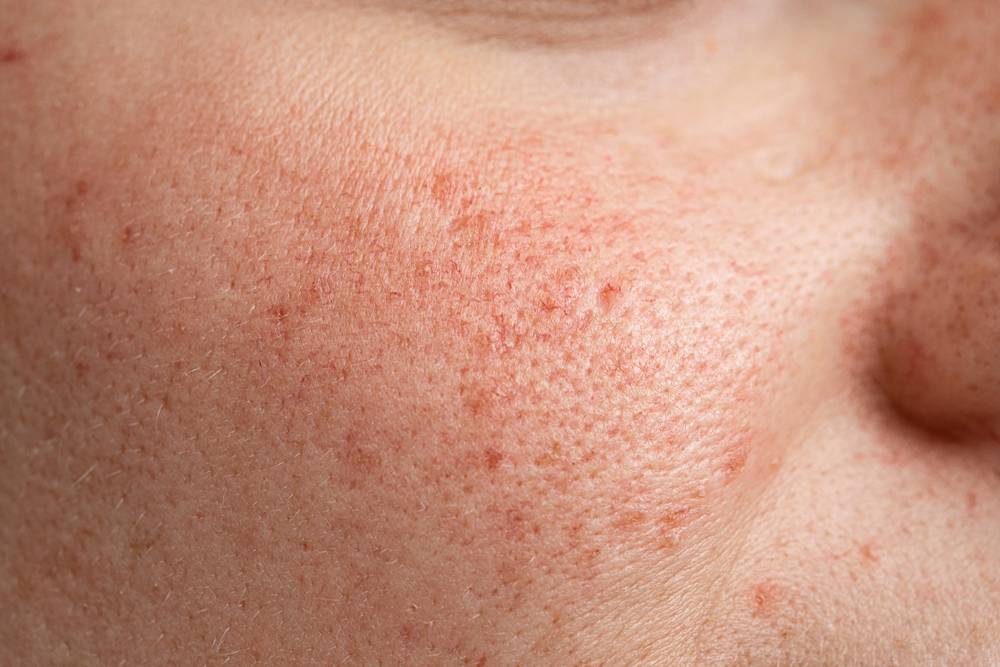The ‘Asian Flush’: A Genetic Trait Affecting Millions
Picture the scene: you take a few sips of your favourite alcoholic drink, and before you know it, your face is flushing, your heart is racing, and you feel a touch of nausea. This well-known reaction, often called the ‘Asian flush’, affects an estimated 36% of East Asians, encompassing individuals of Chinese, Japanese, and Korean ancestry. This genetic trait, while often a source of light-hearted conversation, has serious implications for health and wellbeing.
Understanding the Cause of Asian Flush
This phenomenon is largely due to an inherited deficiency in the enzyme aldehyde dehydrogenase 2 (ALDH2). The role of ALDH2 is vital in the body’s alcohol metabolism, responsible for breaking down and removing alcohol. An ALDH2 deficiency leads to an ineffective alcohol metabolism, causing a build-up of a toxic substance, acetaldehyde, which in turn triggers the Asian flush.
When alcohol is consumed, it is first converted into a toxic compound called acetaldehyde. ALDH2 then helps convert acetaldehyde into harmless substances. However, in individuals with a less active ALDH2 enzyme, acetaldehyde accumulates, leading to the characteristic flushing reaction. Symptoms can include facial redness, increased heart rate, and nausea. Notably, the Asian flush isn’t merely a cosmetic concern; higher acetaldehyde levels may increase one’s risk of certain health problems, such as oesophageal cancer. The only foolproof way to avoid the flush is to abstain from drinking alcohol.
Signs of Asian Flush
Asian flush manifests in several noticeable signs soon after consuming alcohol. The most prominent is a flushing or reddening of the face, which may extend to the neck and chest area. Other common symptoms include:
Increased heart rate: This can make you feel your heart beating faster than usual.
Warm, tingling, or itching sensations: These can often accompany the facial flushing.
Nausea: This can occur due to the body’s reaction to the build-up of acetaldehyde, a toxic by-product of alcohol metabolism.
Dizziness or lightheadedness: This is another common symptom related to the body’s response to alcohol.
Headache: Some individuals may experience headaches after drinking.
Nasal congestion: This symptom may occur in some individuals due to the dilation of blood vessels in the nasal area.
The Unseen Risks Beyond the Red Face
Despite the blush, the concern stretches further than an uncomfortable evening. Emerging research indicates that individuals with an ALDH2 deficiency who consume alcohol are at a higher risk of several health issues, including digestive issues, cardiovascular issues, and alcohol-related diseases.
Addressing the Issue: Preventing Asian Flush?
Recognising the Asian flush as a sign of ALDH2 deficiency and understanding the health risks associated with this deficiency is crucial. Health professionals advise individuals who experience the Asian flush to moderate their alcohol consumption to reduce potential health complications.
Those with a higher risk due to ALDH2 deficiency should consider regular health screenings and checks to ensure early detection and treatment of any health issues.
Preventing Asian flush largely involves managing your alcohol consumption. Here are a few steps:
Limit Alcohol Consumption: The most effective way to prevent Asian Flush is to limit or avoid alcohol, especially drinks with a high alcohol content.
Stay Hydrated: Drinking water between alcoholic beverages can help flush out toxins from the body, potentially reducing symptoms.
Eat Before Drinking: Having a full stomach can slow the absorption of alcohol, potentially reducing the severity of the flush.
Choose Drinks Wisely: Some drinks, like red wine or high-alcohol cocktails, are more likely to trigger the flush. Opt for drinks with lower alcohol content.
Consider Medication: Some over-the-counter antihistamines may help reduce flushing, but this should be a last resort and only after consulting a healthcare provider.
Awareness Is Key: Make Informed Decisions
Understanding our bodies and the way they react to substances like alcohol is key to making informed health decisions. If you or someone you know experiences Asian flush, it’s important to be aware of the associated health risks. By reducing alcohol consumption, maintaining regular health checks, and educating oneself about the implications of ALDH2 deficiency, we can take steps to look after our health effectively.
References
- Brooks PJ, Enoch MA, Goldman D, Li TK, Yokoyama A (2009). The alcohol flushing response: an unrecognized risk factor for esophageal cancer from alcohol consumption. PLoS Medicine. 6(3): e50. doi:10.1371/journal.pmed.1000050.
- Yokoyama A, Omori T (2003). Genetic polymorphisms of alcohol and aldehyde dehydrogenases and risk for esophageal and head and neck cancers. Japanese Journal of Clinical Oncology. 33(3): 111–21. doi:10.1093/jjco/hyg021.
- Jelski W, Szmitkowski M (2008). Alcohol dehydrogenase (ADH) and aldehyde dehydrogenase (ALDH) in the cancer diseases. Clinica Chimica Acta. 395 (1–2): 1–5. doi:10.1016/j.cca.2008.04.019.
- Seitz HK, Becker P (2007). Alcohol metabolism and cancer risk. Alcohol Research & Health. 30 (1): 38–47
- Li H, Borinskaya S, Yoshimura K, et al. (2009). Refined geographic distribution of the oriental ALDH2*504Lys (nee 487Lys) variant. Annals of Human Genetics. 73(Pt 3): 335–345. doi:10.1111/j.1469-1809.2009.00517.x.
- Edenberg HJ, Xuei X, Chen HJ, et al. (2006). Association of alcohol dehydrogenase genes with alcohol dependence: a comprehensive analysis. Human Molecular Genetics. 15(9): 1539–1549. doi:10.1093/hmg/ddl073.
- Goedde HW, Agarwal DP, Fritze G, et al. (1992). Distribution of ADH2 and ALDH2 genotypes in different populations. Human Genetics. 88(3): 344–346. doi:10.1007/BF00197271.

